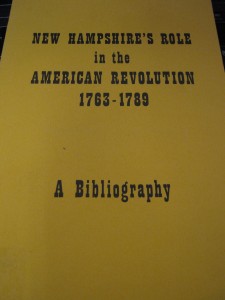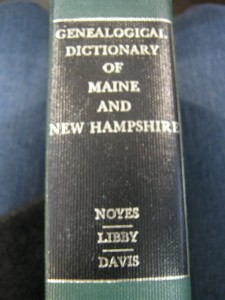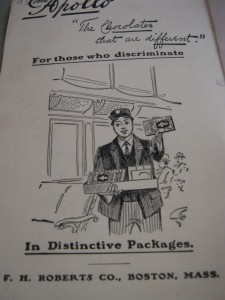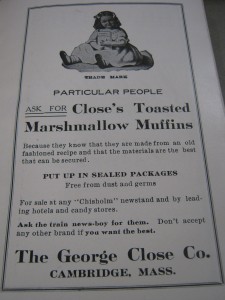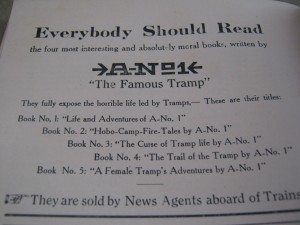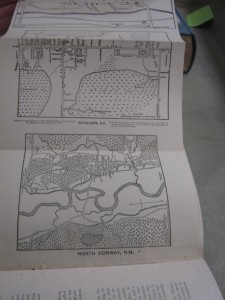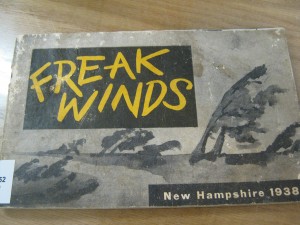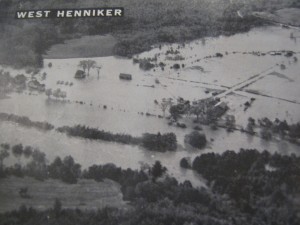Research Tools
One of the uses of the New Hampshire room is as an incredible resource for research. You can explore local, state or even national history. Another specialized area of discovery is ancestry research, and we have many thorough genealogies chronicling either specific towns or prominent families.
Two items particularly noteworthy for their utility are New Hampshire’s Role in the American Revolution 1763-1789 – A Bibliography, compiled by the New Hampshire American Revolution Bicentennial Commission in 1974, and the Genealogical Dictionary of Maine and New Hampshire by Sybil Noyes, Charles Thornton Libby and Walter Goodwin Davis.
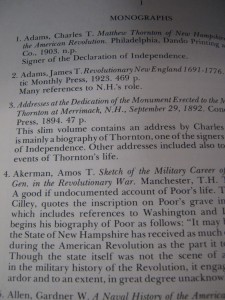 Despite its thin nature and small size, New Hampshire‘s Role in the American Revolution has infinitely more information than appears at first glance. The book is an annotated bibliography. In compiling this text, the Commission located book and periodical resources that related to the state in the American Revolution. These sources are split into two sections, “monographs,” and “periodicals,” and their citations then alphabetized by author. For the researcher who doesn’t know where to begin, a subject index at the back lists popular topics of research and the pages of related sources. The majority of the listed items are available at the State Library. And, as the bibliography is annotated, almost every listing is followed by a brief summary describing the item and reviewing its usefulness.
Despite its thin nature and small size, New Hampshire‘s Role in the American Revolution has infinitely more information than appears at first glance. The book is an annotated bibliography. In compiling this text, the Commission located book and periodical resources that related to the state in the American Revolution. These sources are split into two sections, “monographs,” and “periodicals,” and their citations then alphabetized by author. For the researcher who doesn’t know where to begin, a subject index at the back lists popular topics of research and the pages of related sources. The majority of the listed items are available at the State Library. And, as the bibliography is annotated, almost every listing is followed by a brief summary describing the item and reviewing its usefulness.
The latter item, much thicker, is equally useful. Arranged alphabetically by last name and with pages structured very similar to a dictionary, this book provides genealogical information for Maine and New Hampshire from 1699 to approximately 1900. As genealogical tables can be quite confusing for beginners, the familiar dictionary format will appeal to first-time researchers. Each last name is followed by a brief explanation – if possible – of its origin and geographical distribution prior to immigration to America (generally expressed as locations in England). All known entries for a last name are then numbered alphabetically by first name. Birth and death dates, as well as places of residence, are listed when known, as well as information about parents, spouses and children (usually expressed by that person’s number, when present). Other miscellaneous information is listed when known, such as, “He and William Tucker had fish stolen at Clark’s Isl. in 1698 (519).” These tidbits make it an unintentionally amusing read once one masters the shorthand.

